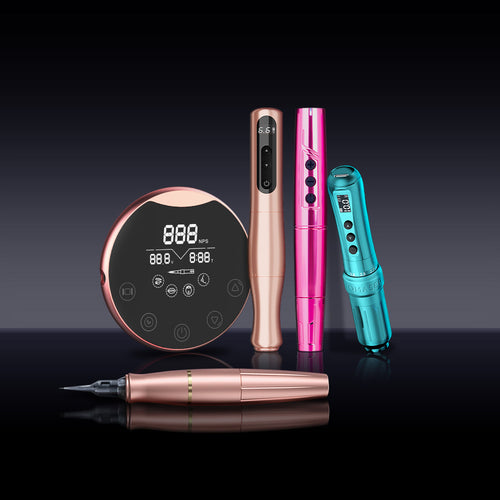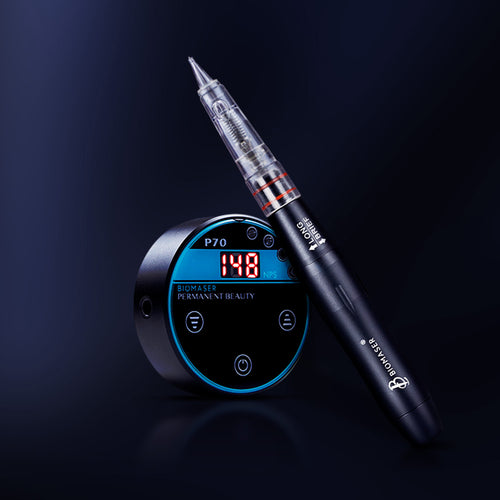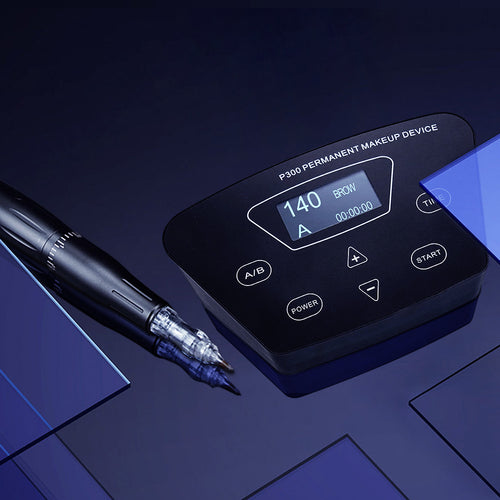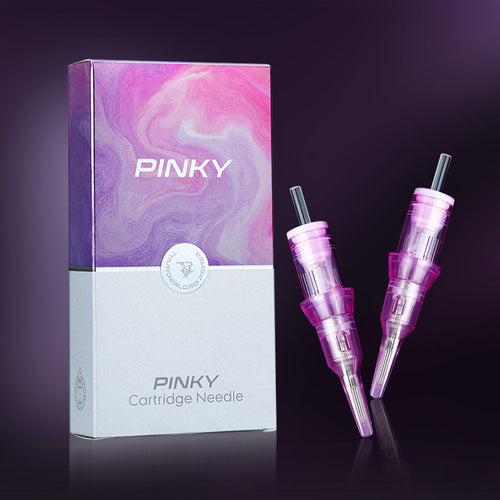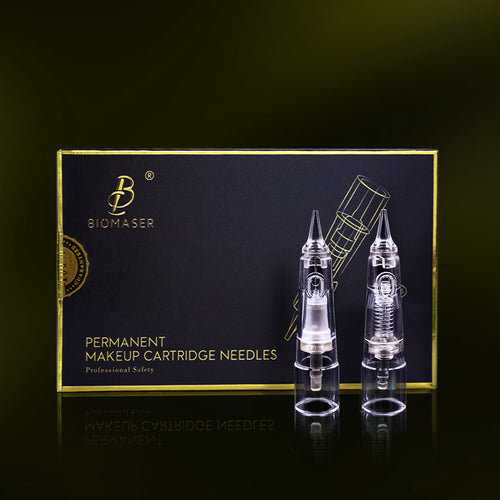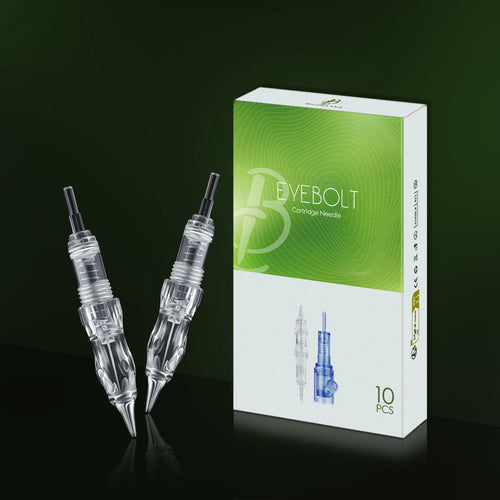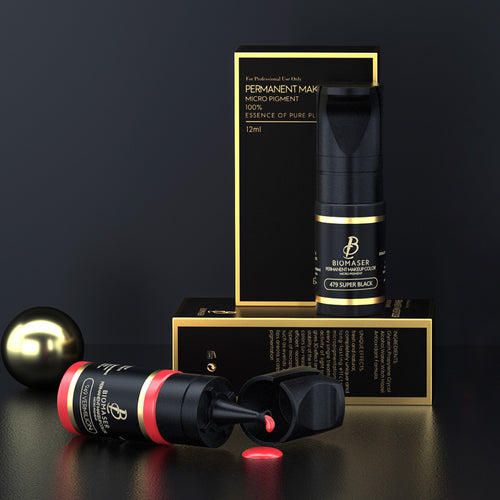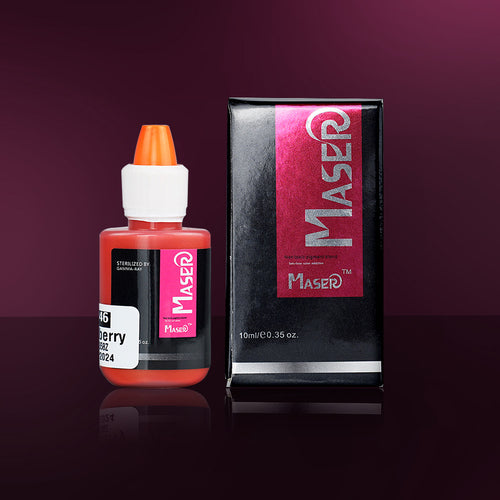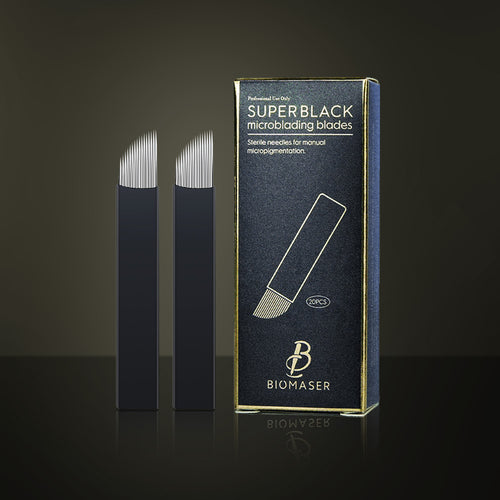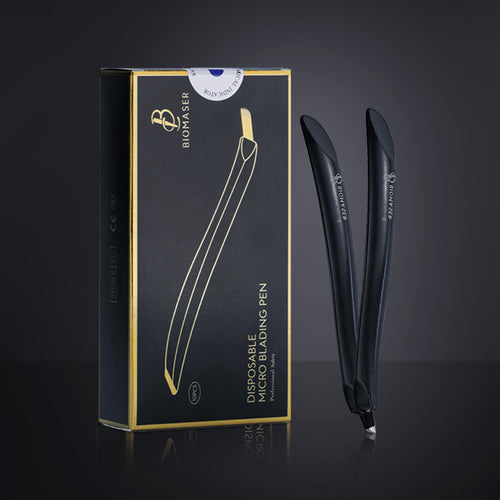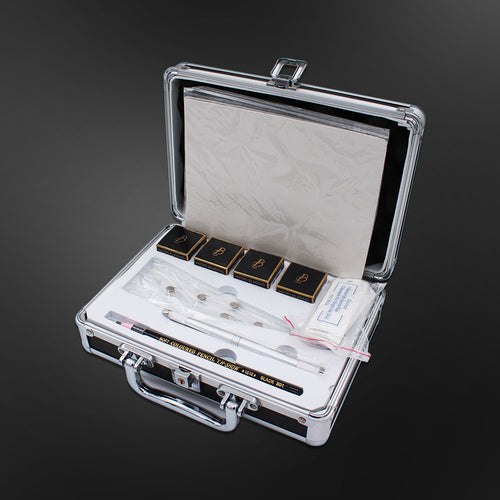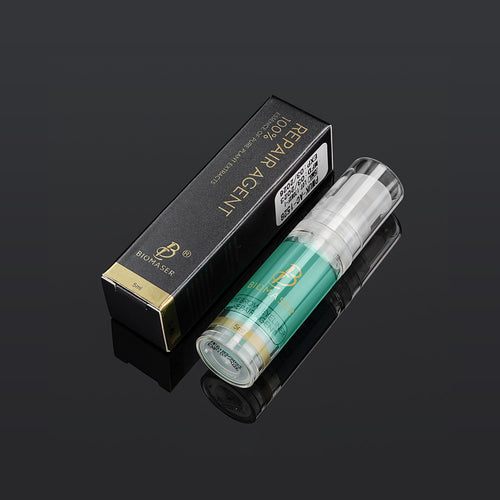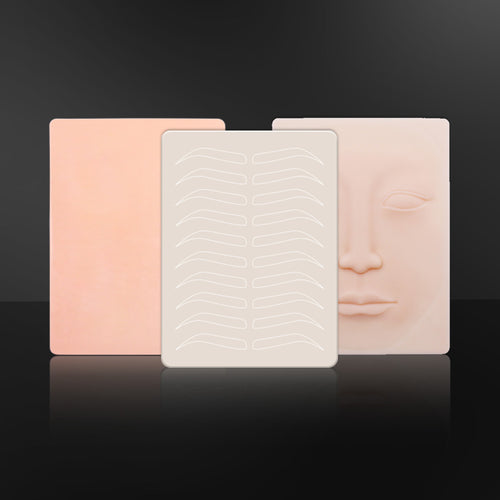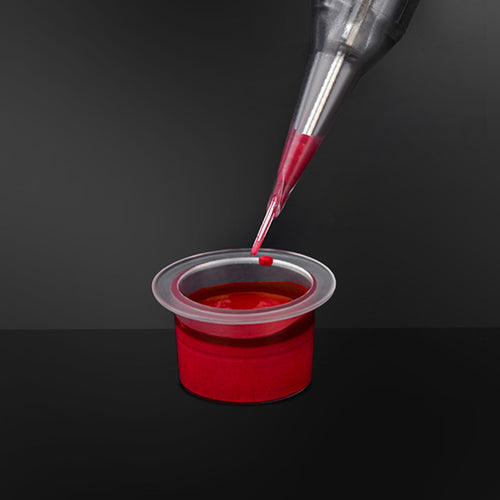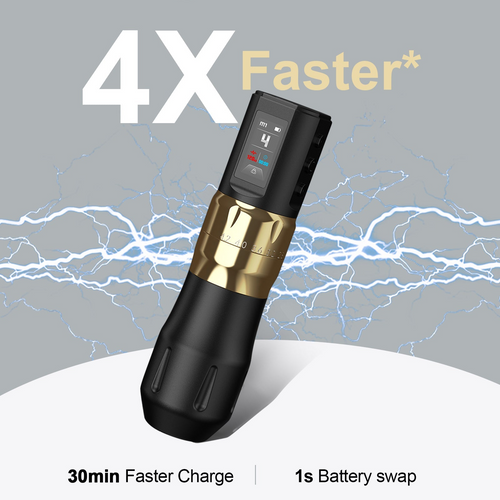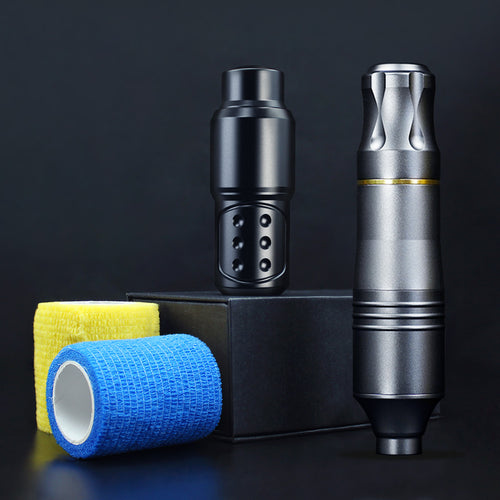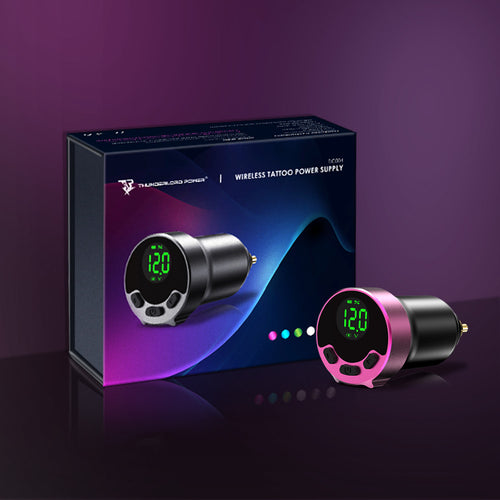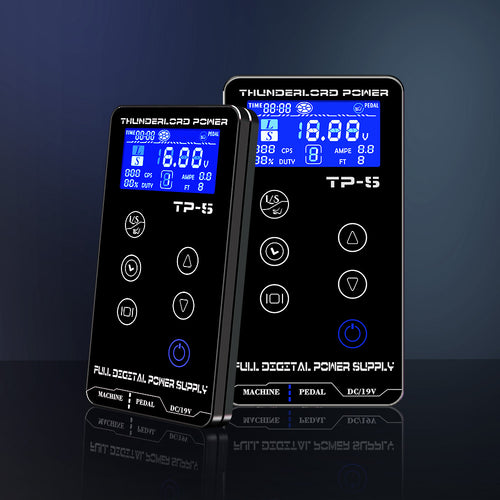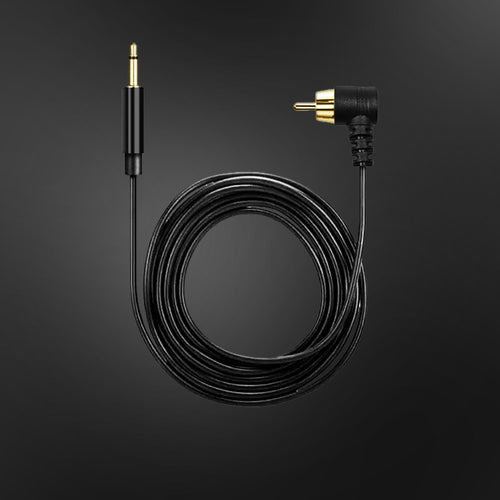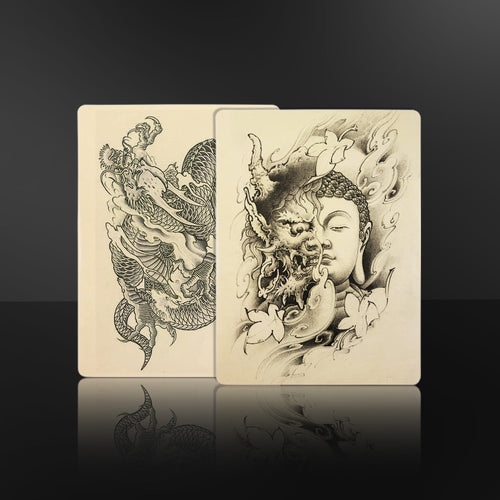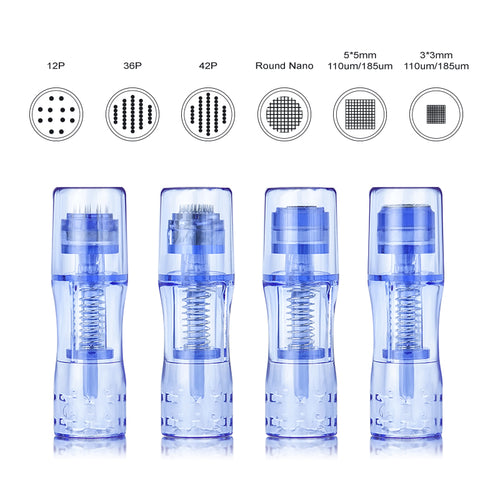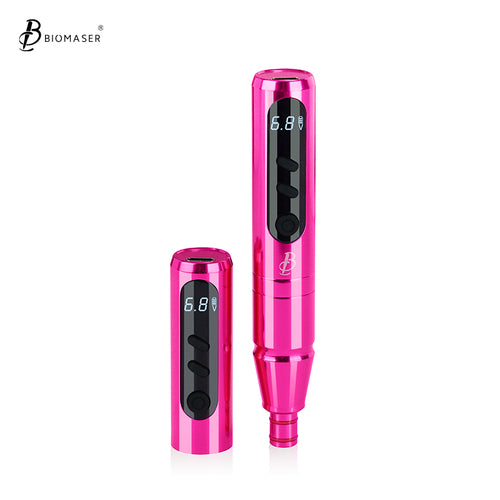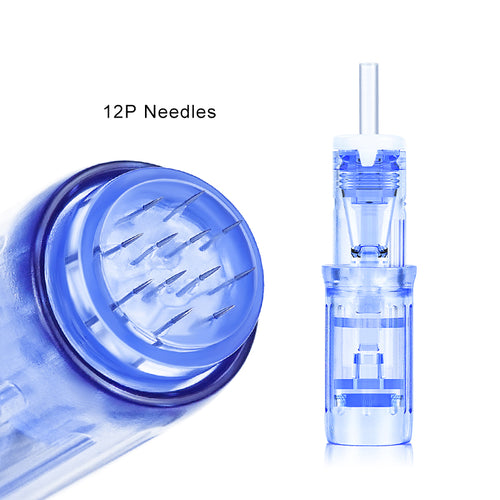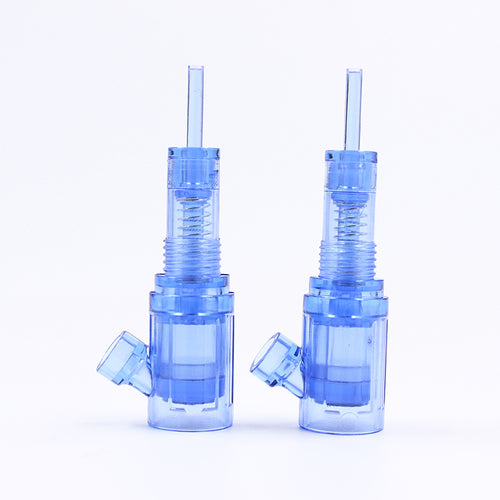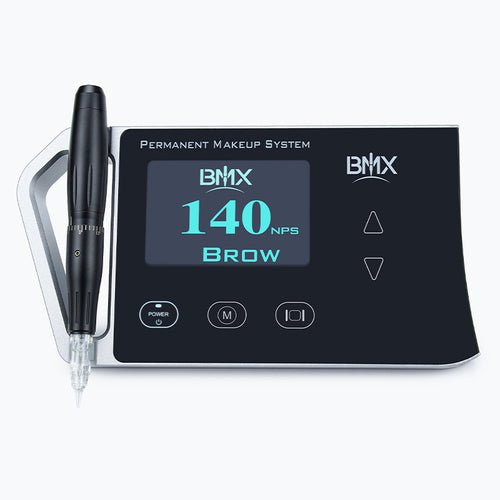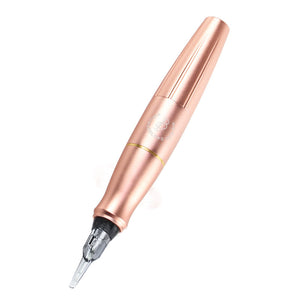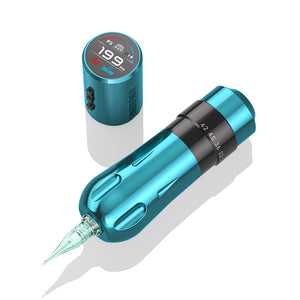Why Isn't Ink Coming Out of My Tattoo Machine?
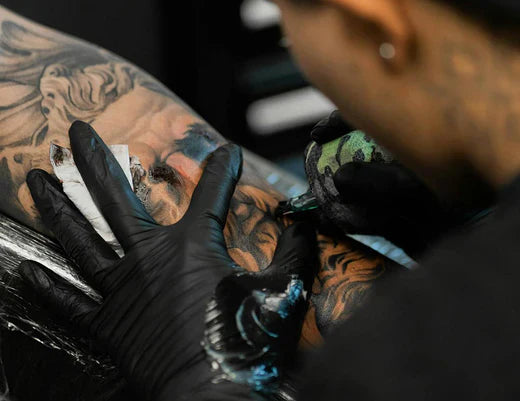
As a tattoo artist, when you sit down to make a detailed design, it can be very annoying to find that your machine isn't producing enough ink. The ink that flows improperly can cause you to work more slowly and affect the quality of your work. But why would this happen? In this post, we'll examine the causes of the issue and figure out possible solutions. Let's read on and find out!
How Tattoo Machines Work
It is essential to comprehend the basic operation of tattoo machines before getting into any potential problems.
Components of a Tattoo Machine
A tattoo machine is made up of various essential parts:
- Power Supply: This gives the equipment the energy it needs to run.
- Motor or Coil: The needle is driven up and down by either a motor (for rotary machines) or coils (for electromagnetic machines), depending on the type of machine.
- Needle and Tube System: The tube contains the ink reservoir and directs the ink toward the needle, while the needle pierces the skin to deposit the ink.
- Ink Reservoir: The ink is kept here before being injected via the needle.
The Process of Ink Flow During Tattooing
When a tattoo machine is operating correctly, the process starts with the power supply turning on the motor or coils. As a result, the needle moves up and down swiftly. When it penetrates the skin, little holes are created by the needle, allowing ink to pass from the reservoir through the needle and into the skin's deeper layer, where it remains permanently.
3mm stroke Tattoo Machine Double head Tattoo permanent makeup CTGE004
Signs That Ink Isn't Flowing from Your Tattoo Machine
Then what could be the common indicators that your machine may be experiencing ink flow issues? There are several signs for you to observe.
- No Visible Ink Flow: When the needle moves, you should see ink on the skin, but if the skin remains clean, the ink isn't flowing.
- Uneven Lines: If your lines appear blotchy or faded, it may be because the ink isn't being applied uniformly, which is frequently the result of an obstruction or issue.
- Frequent Needle Clogs: The needle may clog with ink, especially if the ink is too thick or the machine isn't properly set up.
- Slow or Inconsistent Tattooing Process: If you have to keep going over the same spot or if it seems like the ink isn't dispensing correctly, there may be a problem.
- Excessive Bleeding: The skin may bleed more than usual if excessive pressure is used without sufficient ink flow.

Why There Is No Ink Output From My Tattoo Machine
Even if you know how a tattoo machine is supposed to work, and common signs that the ink flow might go wrong with the tattoo machine, it's not enough. Now, let's dig into the reasons that your tattoo machine might not be getting ink out like it should.
Blocked Needles or Tubes
Blockages in the needle or tube are among the most common reasons why ink does not flow properly. The path that the ink goes through may get obstructed by debris or dried ink over time. This may occur if the ink is left to dry inside the needle or tube, or if the machine is not thoroughly cleaned after every use.
Faulty Power Supply
Another potential reason of ink flow problems could be a malfunctioning power supply. If the motor or coil isn't receiving enough energy from the power supply, incorrect needle moving may result in poor ink delivery.
7 Stroke adjustable Thunderlordpower U7 Wireless tattoo Machine Pen
Improperly Assembled Machine
Your tattoo machine may not function properly if it is not assembled correctly. The needle's movement and the way ink is drawn from the reservoir can be altered by even the smallest misalignments. To ensure that the equipment runs well, double-check that everything is put together correctly.
Expired or Improperly Stored Ink
The ink may thicken or dry up if it has been improperly stored or has expired. Because of this, it becomes more difficult for the ink to get through the needle, which may cause issues when you're tattooing.
Incompatible Ink with Specific Machines
Some types of ink may not be compatible with certain tattoo machines. For instance, utilizing a thicker ink meant for standard coil machines in a rotary machine may result in obstructions or an uneven flow. Rotary machines usually demand lighter, more fluid inks to ensure seamless application. Using organic or vegan inks on machinery that isn't calibrated for them is another example. These inks may have viscosities that differ from regular inks, which could cause problems like irregular flow or improper ink pickup by the needle.
Incorrect Speed Settings
The ink may not have enough time to fully penetrate the skin if the machine is set too quickly. For instance, you might get uneven lines or areas of skin with no ink at all if you're trying to draw solid lines with the machine moving too quickly.So learn how to set your speed is essential.
Unsteady Hand Pressure
If your hand pressure changes a lot while you're working, it can result in uneven ink distribution. To be more specific, you might observe that certain regions appear darker while others appear fainter if you press down harder in some locations and lighter in others.
Angle of Needle Penetration
Generally speaking, 45 degrees is the perfect angle for tattooing. This angle guarantees that the needle permits proper skin penetration and reaches the dermis, where the ink can be applied. The needle may skip over the skin rather than puncturing it correctly if it is held at an excessively steep angle. However, if you hold the needle at an angle that is too shallow—less than 30 degrees—you run the danger of it not going far enough into the skin. This implies that as the tattoo heals, the ink might not settle in completely, producing uneven effects.
Best Practices to Prevent Future Ink Flow Problems
Based on the above reasons that would cause the ink flow issue, you can test for blocked needles or tubes, check the power supply, inspect the machine assembly, examine the ink, monitor your techniques to diagnose the issue. But still, to prevent same problem in the future, applying the below practices will help a lot!
- Follow the manufacturer's guidelines to set up your tattoo machine and ensure everything is in its proper place.
- Always clean your equipment thoroughly after every session. Use appropriate cleaning solutions and ensure no residue remains in the needle or tube.
- Check if the power supply is working properly by testing its output. Ensure that all connections are secure and look for any signs of wear or damage.
- Adjust the speed settings of your machine to find a balance that allows for steady ink flow without compromising the quality of your work.
- Practice maintaining a steady hand pressure throughout your work. It may take time, but it will greatly enhance your efficiency and the quality of your tattoos.
- Pay attention to the angle of your needle as you tattoo. Experiment with different angles to see which provides the best ink delivery for your technique.
- Always check the expiration date of your ink and store it in a cool, dark place to maintain its consistency.
- Familiarize yourself with the type of ink that works best with your tattoo machine. Using compatible products will help ensure smoother operation.
Troubleshoot Ink Flow Issues on Your Tattoo Machine Confidently!
Dealing with problems related to ink flow may be stressful for tattoo artists, but it can be made much simpler if you are aware of the typical issues to watch out for and have a working knowledge of your tattoo machine. Patience is essential; maintain organization in your methods, and you'll soon be tattooing with ease and confidence once more.
